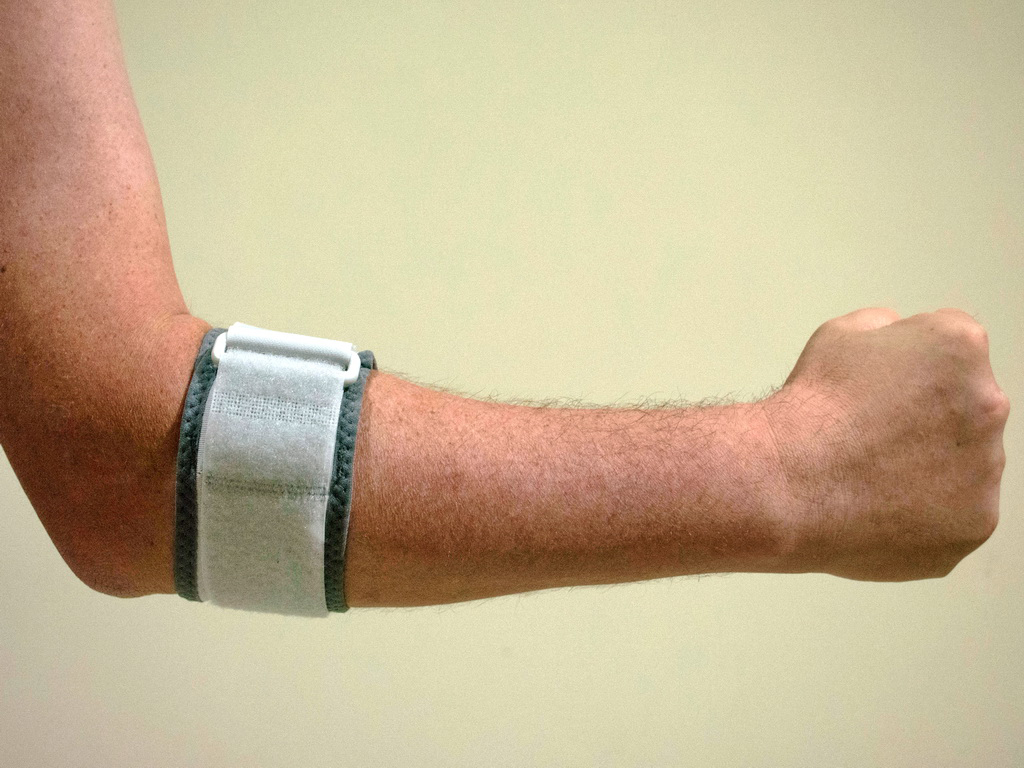

What is it?
Elbow tendinopathy – commonly known as tennis elbow or epicondylitis – is an injury to the muscles that extend from the elbow to the wrist. Pain can manifest in different places down the arm (and sometimes even in the neck), generally in the lateral epicondyle, which is the bony outer part of the elbow where muscles from the hand and wrist are attached. Symptoms lasting more than 6 weeks are considered sub-acute, whereas those lasting more than three months are considered chronic.
Common causes of elbow tendinopathy
Elbow tendinopathy is caused by repetitive use of the muscles that control the wrist, hand and fingers which extend up the forearm, resulting in small tears in the tendon.
Causes include:
• Excessive gripping activities
• Incorrect hand use while hammering, painting, typing etc
• Poor muscle and tissue health which makes it more susceptible to injury
• Incorrect technique while throwing, or hitting (hence its namesake). Tennis players believe the condition comes from high repetition of movement – such as serving – which causes tiny tears to open up in the tissue.
 Symptoms of elbow tendinopathy
Symptoms of elbow tendinopathy
Symptoms of elbow tendinopathy generally appear quite slowly, beginning with pain and a dull ache in the lateral epicondyle after excessive activity.
Pain may recede once you have rested. As the condition gets worse, pain can spread down the arm and the elbow will be tender when touched. Pain may be worse after sleeping.
In more severe cases, even the most minimal movements such a turning a key or picking up a plate will be painful. Pain may also be present in the neck.
Treatment
In mild cases, elbow tendinopathy can be treated by simply resting the arm. It is recommended that you abstain from whatever was causing the strain. Most cases of the condition can be treated successfully without surgery.
Your hand therapist will provide you with eduction regarding pain management and advice as to whether there is a place for orthotic devices such as an elbow or wrist brace. Additionally, they will provide joint mobilisations, neural glides and specific strengthening exercises to help alleviate symptoms and speed your return to function.
Surgical treatment
Surgical treatment may be required in extreme cases. Your therapist can discuss with you and your GP and arrange a referral to a surgeon if required.
If you are suffering from any of these symptoms, or any other issues with the hand, arm or fingers, please feel free to get in touch, we’d be more than happy to help.
